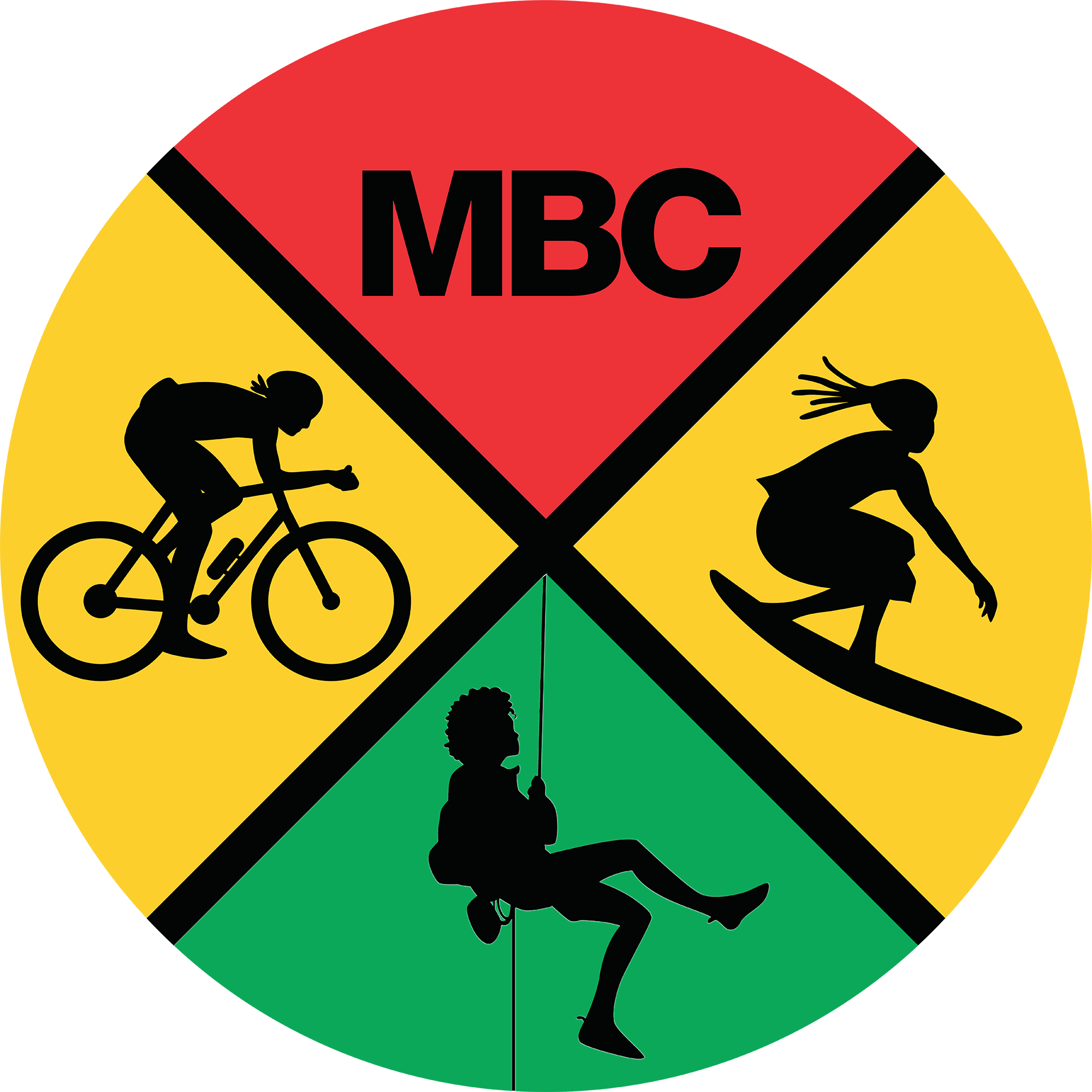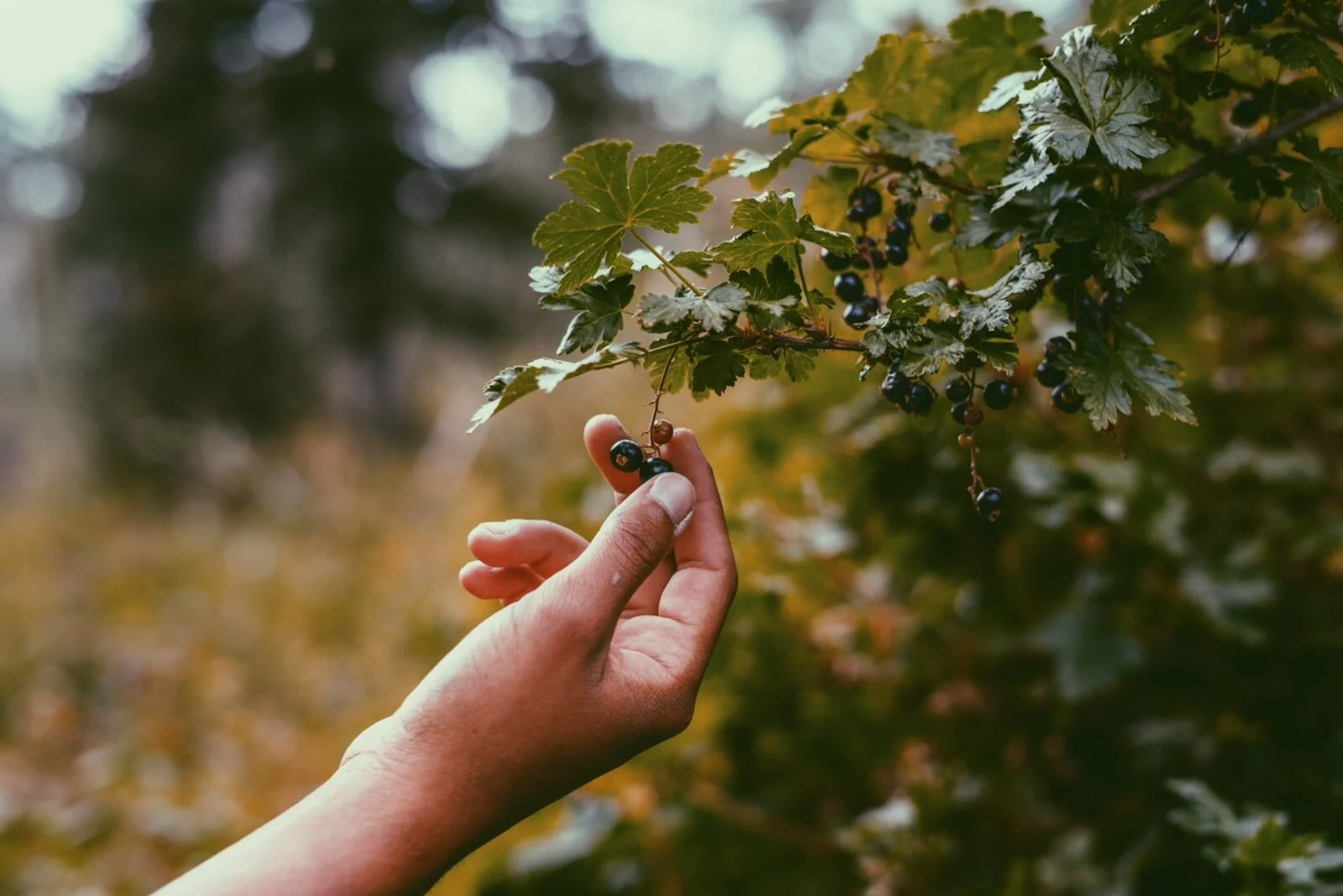3 BIPOC Naturalists You Should Know
Getty Images
If you grew up in the United States, chances are you probably learned about famous naturalists like John Audubon, who was really into birds; Charles Darwin, who developed the theory of natural selection; or Rachel Carson, who warned the world about the dangers of pesticides. You, most likely, didn’t learn about any naturalists of color. That’s because the contributions of Black, Indigenous and People of Color are often overlooked in this field. So here are three BIPOC naturalists you should know:
1. Hazel M. Johnson (1935-2011)
Known widely as the ‘Mother of the Environmental Justice Movement’, Hazel M. Johnson’s commitment to nature began on the South Side of Chicago. Unnerved by the high rates of cancer and respiratory illnesses affecting working class neighborhoods in the city, she began investigating. Johnson eventually discovered that Altgeld Gardens was built on top of a landfill. All parts of the urban environment, the land, water, and air were being influenced by a foundation of literal waste. Johnson proved that low-income minority residents were disproportionately impacted by pollution. Her work didn’t stop there.
After witnessing that high levels of lead and asbestos were infiltrating homes and community spaces, she founded the People for Community Recovery. The organization led workshops on how to test for lead poisoning. By encouraging residents to become more aware of their environment, she empowered communities to take a more active role in advocating for change.
As an activist involved in the Environmental Justice Executive Order, she put the focus on the systemic nature of environmental injustice. Hazel M. Johnson paved the way for Black women to wield positions of power in the conservation movement.
2. Haunani-Kay Trask (1949-2021)
Dr. Haunani-Kay Trask was a Native Hawaiian activist, poet, educator, and lands-rights advocate. She was also the founder of the Kamakakūokalani Center for Hawaiian Studies at the University of Hawaiʻi - Mānoa.
Trask was a leader in the Hawai’ian sovereignty movement that condemns the illegal annexation of Hawai’i in 1898 and advocates for Hawaiian self-governance. She strongly opposed both tourism and the U.S. military occupation of Hawai’i. Closely working with both Native American tribes and Native Hawaiian people, she fought fearlessly for Indigenous land rights. Trask also critiqued the history of Asian settler colonialism in the Hawaiian islands.
She considered herself to be a transnational feminist and criticized feminism for its fixation on whiteness and Americanness. However, she allied herself with the Black Panther Party and with collective liberation for Indigenous people.
Overall, she taught us that Nature is inherently political. It is impossible to embrace the natural world without advocating for Indigenous land sovereignty.
3. JoAnn Tall
JoAnn Tall is an environmental activist and member of the Oglala Lakota tribe in South Dakota. She has spent her lifetime protesting uranium mining and nuclear weapons testing in the Black Hills, a sacred area for many Lakota. The Black Hills were legally established “as part of the Great Sioux Reservation, set aside for exclusive use by the Sioux people” by the 1868 Fort Laramie Treaty—which was immediately violated by Gold Rush prospectors.
The discovery of uranium in the 1950s has also had a devastating impact. Today, the Black Hills are littered with hundreds of abandoned uranium mines and thousands of unmarked exploration wells and drill holes. Left unsealed, they are contaminating the soil and drinking water with radioactive waste—“with some emitting four times as much radiation as in evacuated areas near Fukushima, Japan” according to cleanupthemines.org. Uranium mining radioactive waste has been linked to higher rates of “childhood leukemia, respiratory disease and kidney disease” and lower health outcomes for Lakota living on nearby reservations. She coined these efforts “poverty politics”, referring to political decisions that deliberately impoverish and disadvantage minority communities.
Tall is a community organizer at heart. When Honeywell attempted to build a nuclear testing site in the Black Hills in 1987, she used her radio station to raise awareness in the community and even erected a resistance camp on-site. Her efforts paid off when the company abandoned its project. When AMCOR approached the Oglala Lakota about building a 5,000-acre landfill on tribal land, she pushed back by educating her community about the environmental impact. Ultimately the tribal council rejected the offer. And when the company approached a neighboring reservation, Tall helped get the word out there as well. In 1993, she was awarded the Goldman Environmental Prize for her work as an activist. By ensuring her people have a voice in any major development projects, Tall is pushing back against corporate greed and advocating for Lakota land sovereignty.
When the history books focus on only one kind of naturalist, they reinforce colonial power dynamics and erase the work done by Black, Indigenous and People of Color. Naturalism isn’t just a study of individual organisms, it requires deep understanding of entire ecosystems. Johnson, Trask and Tall emphasized the connections between land, people, and water. Throughout their careers, they also promoted solidarity with other marginalized communities—including other tribes and racial justice movements. Naturalism is most powerful when it examines the impact of systems—social and ecological—and they did just that.
By focusing on the achievements of these BIPOC naturalists, we can see how they’ve improved our world because of their respective cultures, and not in spite of them.





















A former Team USA figure skater and U.S. Nationals Gold Medalist, Angelina Huang first stepped onto the ice at just six years old. By 11, she was training professionally at the Olympic Training Center in Colorado, and by 12, she had landed her first double axel. There was something special about life in the rink that touched her soul, lifted her spirits, and inspired to dream big.